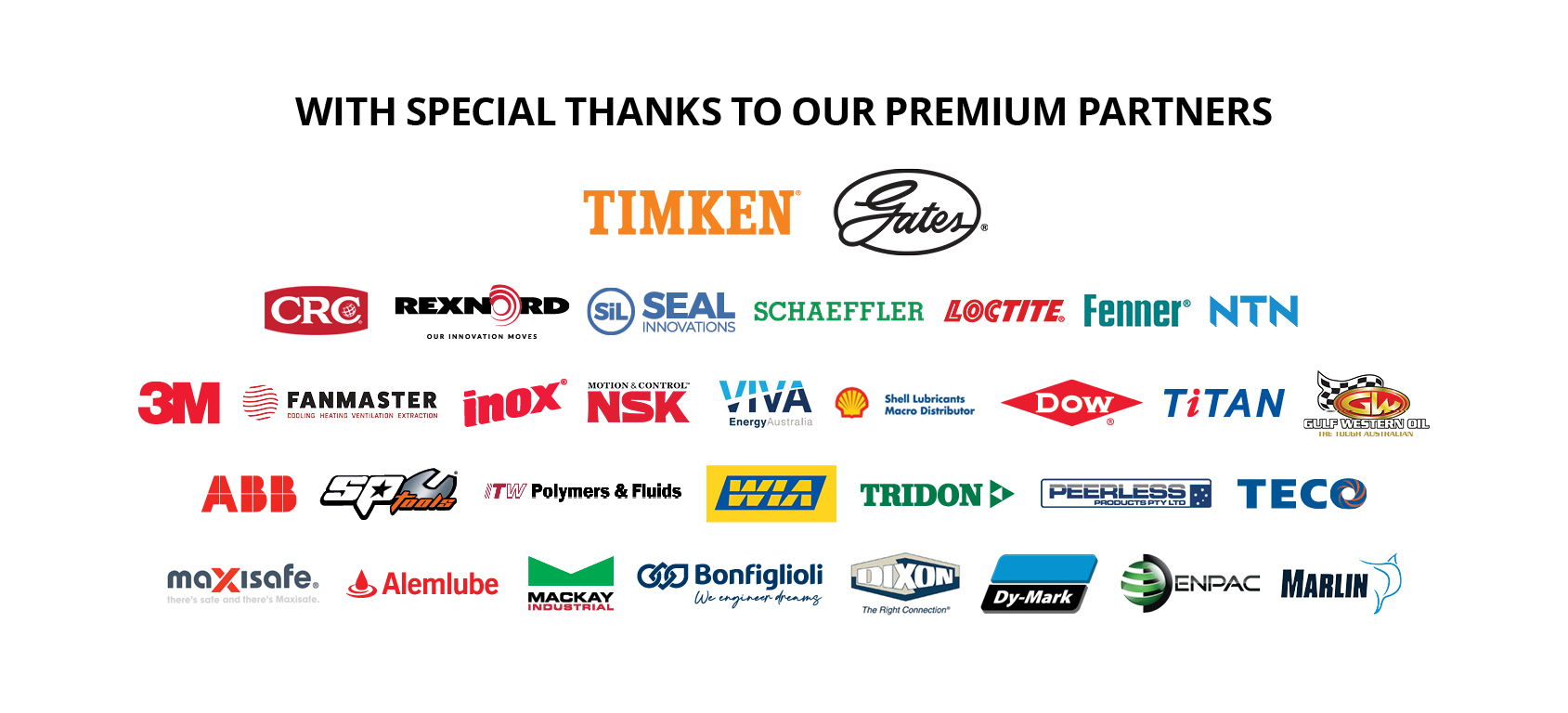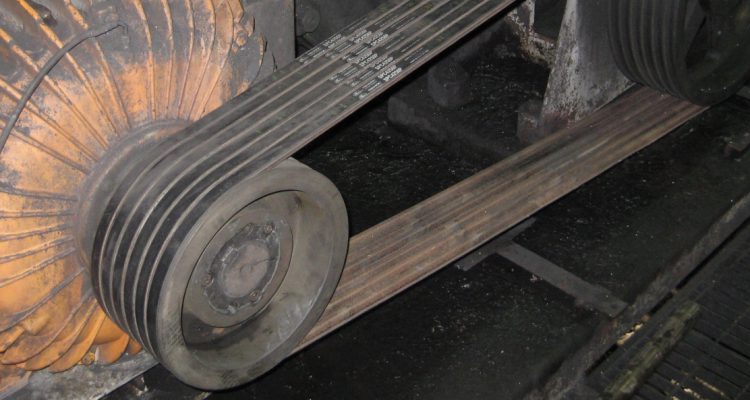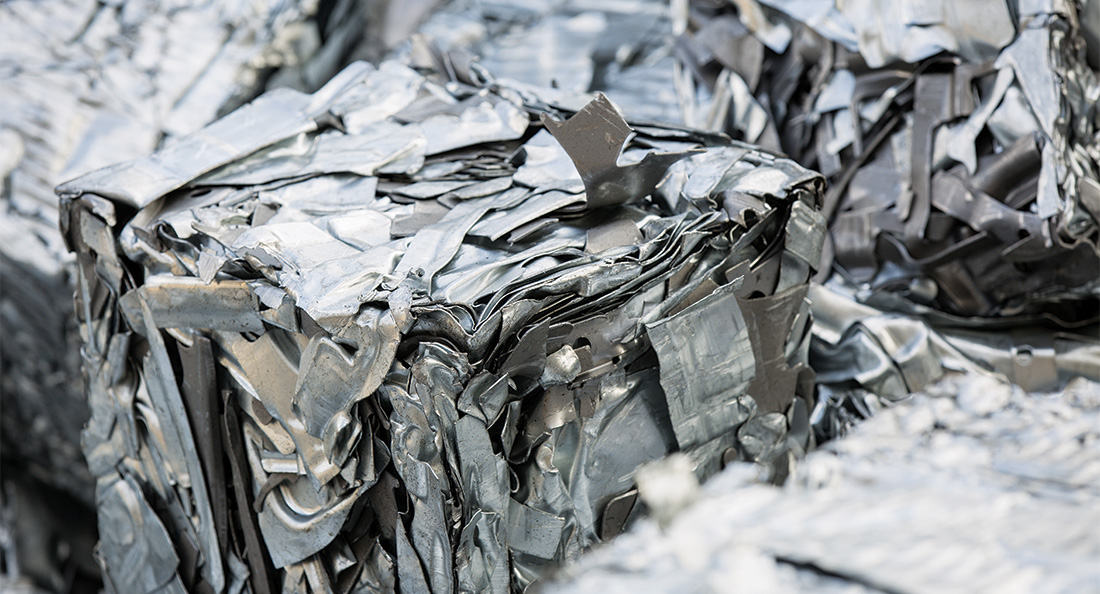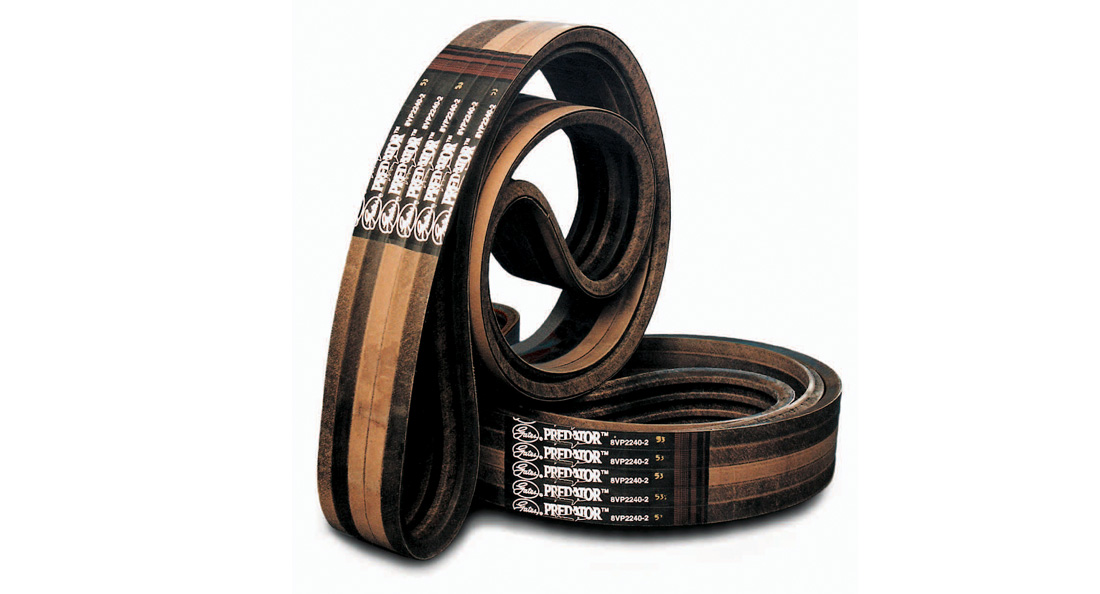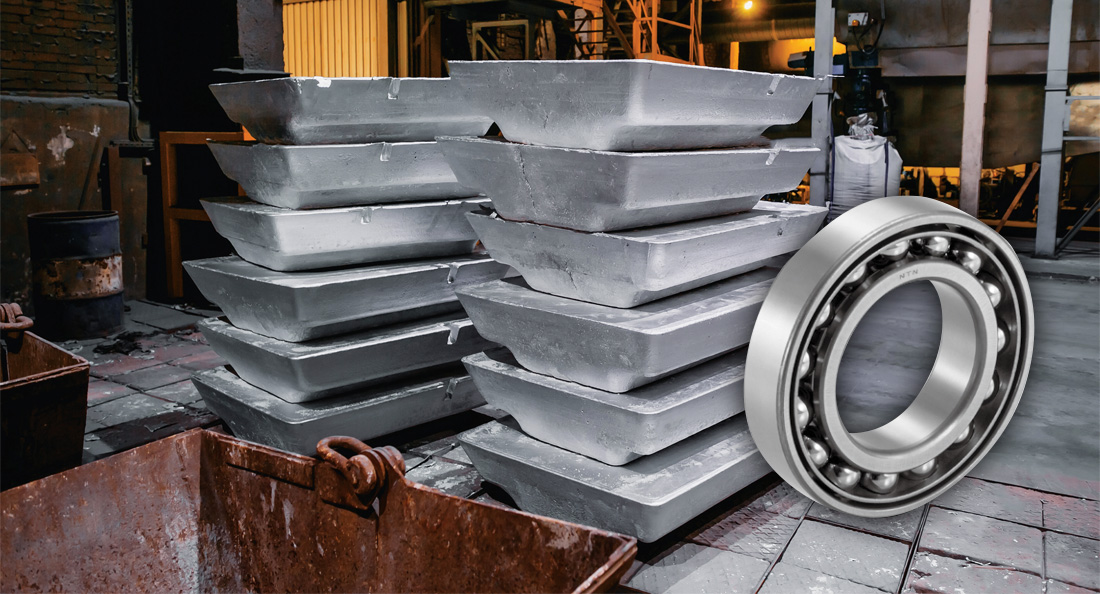The company which first developed the V-belt is continuing to innovate. Manufacturers’ Monthly explains.
There are many companies that would like to claim that they are the market leaders in their field, but when your forebears created the field, it’s hard not to put credence to the claim. It was 1917 when John Gates manufactured the first V-belt. Then known as the International Rubber Company, in 1919 the company changed its name to Gates Rubber Company, and since then the Gates name has been synonymous with innovation in the manufacture of belts and drives. The most recent advancements in their signature V-belt continue to today.
This ongoing reputation is one that Mark O’Brien, product manager with CBC Australia, highlights as being manifested in the new products Gates has recently introduced to the market.
“Gates have typically been a market leader in innovation, and the first to put out the Predator style belts. They’re also seen as one of the leading manufacturers in the world, and that’s to do with the rubber compounds, unique production techniques, and many years of field experience.”
These rubber compounds ensure that Gates’ belts can be used in trying industrial applications for the critical task of power transmission.
“Gates use high performance components which are very acceptable for abrasion, oil, and heat. The other thing they are very good at is improving flexing capabilities of their rubber compounds, critical to improving belt life.”
These material qualities can be seen in Gates’s range of Industrial Power Transmission Solutions, distributed in Australia by CBC. Beginning with the Hi-Power II, suitable for general applications across industries and market, the range then moves to the Super HC, which with its narrow cross section saves drive space while not compromising on effectiveness at higher temperatures.
The next step includes the Tri-Power and Quad Power 4 belt model. This high temperature V-belt incorporates the latest innovations developed by Gates, with functional benefits for the user.
“The Tri-Power and Quad Power belts are raw edge cog belts offering higher horsepower capacity, requiring less belts to do the same job as their wrapped counterpart. With higher inbuilt efficiencies, it comes at around four to five per cent more efficient than the wrapped construction,” said O’Brien.
Internally, Gates has also improved the belt’s effectiveness. The Tri Power and Quad Power Belts have flex-bonded polyester cords which enable equal load distribution along the length of the belt and reduced stress from flexing. The belt’s high heat rating means that it can perform effectively from -57°C to up to 121°C, well beyond the industry standard of -34°C to 60°C.
Going one step further is the Predator belt. This heavy-duty, wrapped, aramid cord V-belt are the markets leading V-belts and are unmatched in their robustness and high load carry capability. This comes from the high strength, aramid tensile cords. Aramid type material are commonly used in military and aerospace applications. Gates’s use of aramid in their products ensures that their Predator V-belts have similar strength capabilities as those applications and similar compounds are called for.
O’Brien notes that this problem-solving belt is applied in some of the tougher condition in industry.
“They’re on very high performance, high kilowatts, critical applications,” he said.
The practical benefits of this construction come when the belt is used in applications such as pumps, large fans, crushers and large conveyor applications.
“The beauty about these belts is once you go up into the higher quality range, the less belts you need on the drive to do the same job,” said O’Brien.
While naturally saving space in the design of a process, there are also energy and cost savings as the belts last longer.
“The higher power rated belts last longer. A belt cost can be anything from $10 to $400-500 for a set and with the energy savings and less changeover of belts it can significantly outweigh the cost of upgrading your belts.”
Not only is the belt itself more efficient, but its impact on the rest of the manufacturing process leads to efficiency gains on other products.
“Instead of five or six belts you can have four, so there’s better efficiency for bearing and hub loads. There’s less stress on the bearing through load caused by the drive,” said O’Brien.
One of the salient features about the entire range of Gates V-belts is their easy usability. While all belts require some maintenance during set up in the form of tensioning, with Gates “match free system”, all sizes of the belts are interoperable, and can be installed without matching. If support is needed, however, CBC are able to assist where required.
“We’ve had a long association with Gates since the late 1980s. One of the things CBC Australia offering is the backup support, so all our branches are supported with internal software programs that enables people to provide information analysis on the particular drives,” said O’Brien. “It also provides for our engineering teams for onsite training and we can go and set up a drive with our engineering service.”
In the case of an aluminium processing plant, when installed on a 12-10 Weir Warman slurry pump, Gates have found that drivers operating with the Predator belts have been operating without fault for 10 months and have not needed retensioning in this time. Furthermore, noise levels have dropped, increasing amenity in
the plant.
In another application, a vacuum pump at an aluminium smelter, belts that had a six-week lifetime were replaced with a Predator belt that is still running after 12 months of operating. With these significant savings, the innovating spirit that first gripped John Gates is continuing to drive manufacturing around the globe.
